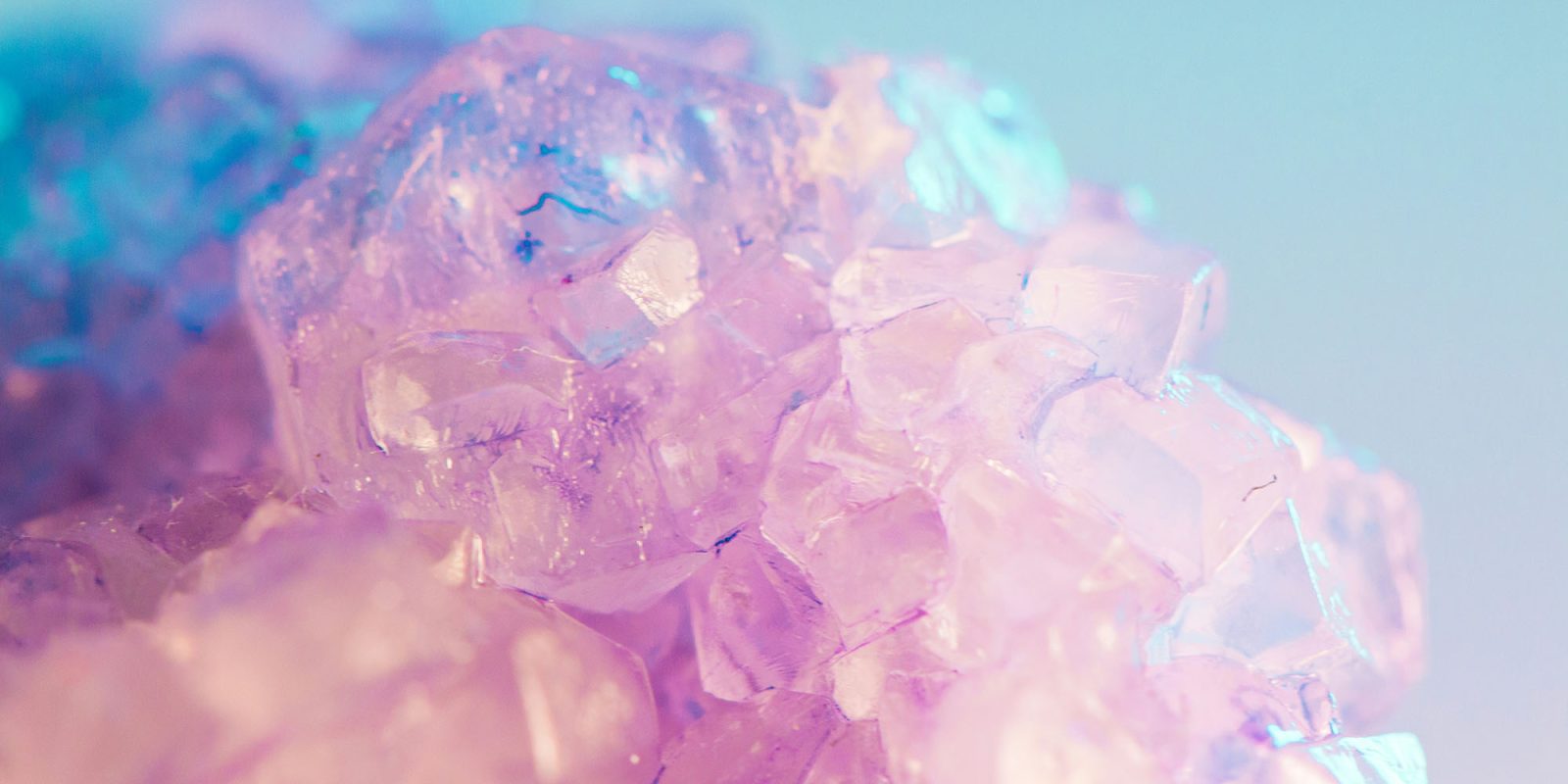
The idea that iPhone 16 Pro display brightness will further improve on last year’s models is gaining ground, with a third report emerging today.
Specifically, it says that leading display supplier Samsung will be providing its most advanced OLED panels yet for three phone models this year …
A word on how we measure display brightness
Display brightness is measured in a unit known as nits, as this is the best representation of how bright a display will appear to be when we look at it. Two different numbers are given for an OLED screen:
- Max brightness: The maximum brightness possible across the entire display
- Peak brightness: The maximum brightness possible in a limited area
Peak brightness is relevant for HDR (high dynamic range) images, but max brightness is the better measure for how bright a display will look in typical use.
Previous iPhone 16 Pro display brightness reports
The iPhone 15 Pro has a max brightness of 1,000 nits, and peak brightness of 1,600 nits.
Back in May, a leaker suggested that while peak brightness would remain unchanged in the iPhone 16 Pro models, max brightness would get a 20% boost to 1,200 nits. If true, this would make it more visible in bright sunlight.
An earlier report said that both of Apple’s primary display suppliers, Samsung and LG, had suggested that the company opt for a technology known as a micro lens array. With this tech, a layer of lenses on top of the display focuses the light across a narrower angle, making it appear brighter. The trade-off here is a decrease in viewing angle.
Samsung’s M14 displays destined for three models
A new supply-chain report in The Elec says that Samsung will be supplying its most advanced OLED panel tech yet to Apple and Google, for use in three phones:
- iPhone 16 Pro
- iPhone 16 Pro Max
- Google Pixel 9
Samsung Display aims at flagship smartphones, creating the most performing OLED panels with the latest materials. The company calls these sets of ingredients the ‘M’ series. The higher the number, the more high-performance materials were used. The M14 is the first material to be introduced, and it is interpreted as delivering the best performance in brightness or life.
9to5Mac’s Take
The latest report doesn’t give any specific nit numbers, but would be consistent with the earlier claimed leak. At this point, it certainly seems plausible that this year’s Pro models will have brighter screens.
The micro lens array report describes a separate tech which could be used with or without an increase in actual brightness. We don’t know whether Apple has accepted this recommendation, given the reduced viewing angle drawback.
Photo by Krystal Ng on Unsplash
FTC: We use income earning auto affiliate links. More.



Comments